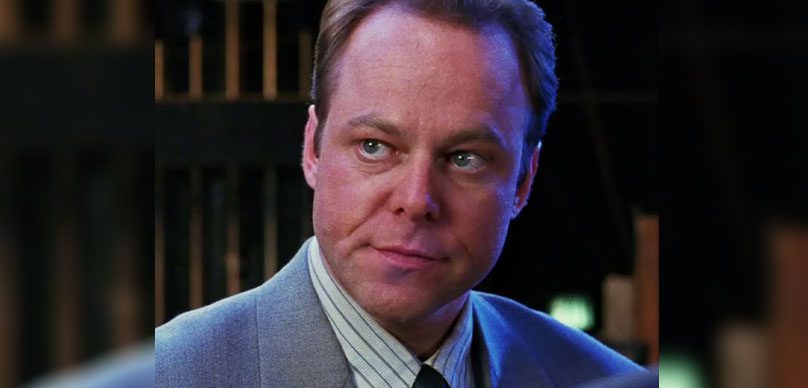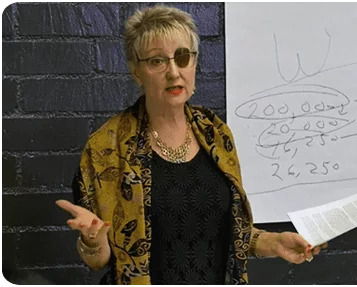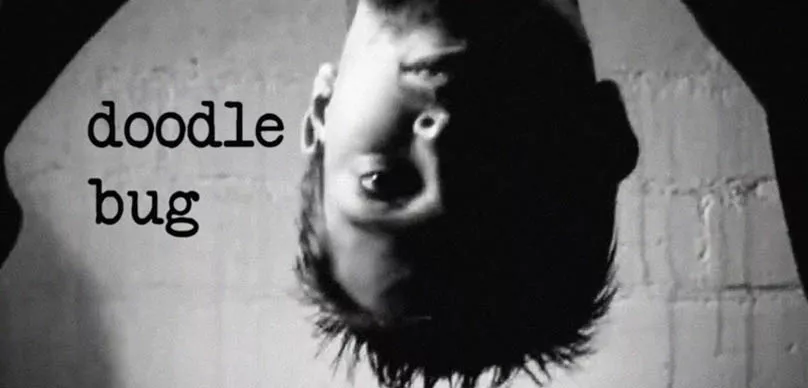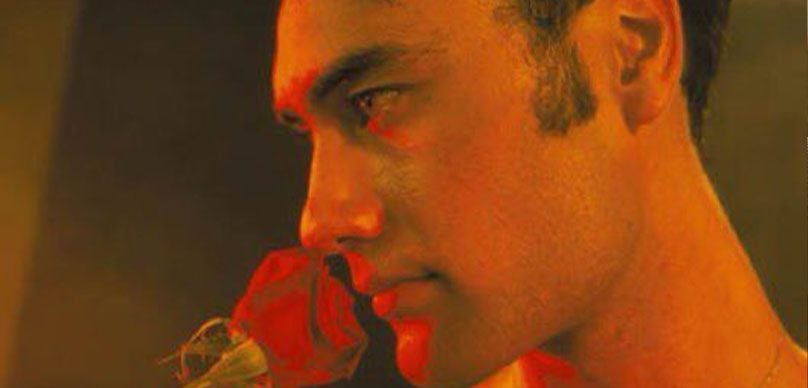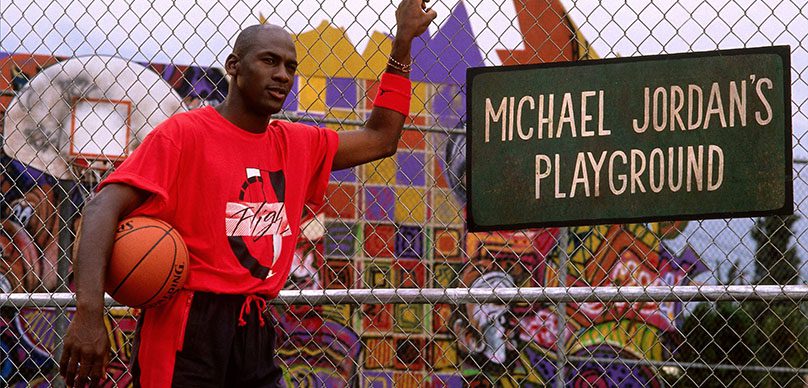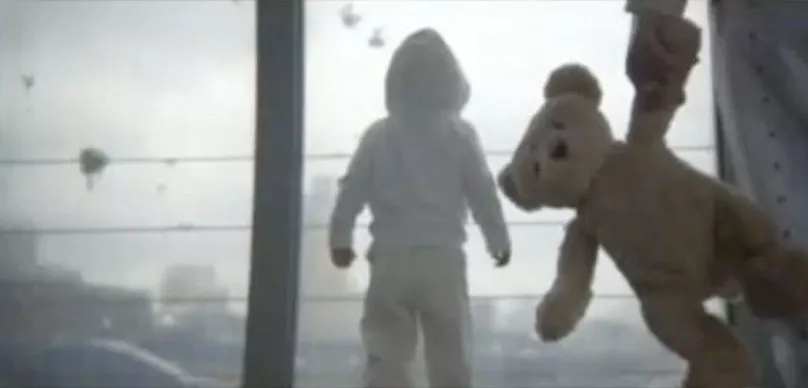The universe has a funny way of holding onto a film like a dusty reel in the attic, waiting for the perfect moment to reveal it. On today’s episode, we welcome the endlessly persistent Greg Travis, a filmmaker who proves that good movies never die—they just take their sweet time getting made.
Greg Travis is a veteran actor, director, and comedian who’s worked with cinematic giants like David Lynch, Paul Verhoeven, and Milos Forman, while carving out a gritty, self-made path in indie film.
Greg’s journey is one of creative endurance. In high school, he picked up a Super 8 camera, made his first feature, and thought, “This is easy.” That optimism, of course, would be tested across a decades-long career in stand-up comedy, television, and film. But his true passion always pointed in one direction: directing. And that passion finally culminated in the long-delayed release of his 1984 feature, “Dark Seduction”—a black-and-white, film noir throwback with a bite of ‘80s vampire sleaze, now reborn on digital platforms.
“There’s a lot you could go back and say, well, I could have done this, I could have done that… but for the most part, I got what I was trying to get,” Greg shares about the film. He dives deep into the post-production war stories: funding shortfalls, lost momentum, technical delays, and rediscovering the original film negative decades later. The transfer to 2K revealed details he never imagined possible back when he shot on 16mm. Ironically, the very delay that nearly buried the film made it better—thanks to the evolution of digital technology.
Throughout the episode, Greg opens up about working with some of the best directors in the business. He recalls how Lynch would dab fake blood on his face himself, with meticulous attention to the smallest physical detail, while Verhoeven came at a scene with bold, striking visual choices. The common thread between these directors? Vision. A clear sense of tone and visual continuity that carried from script to screen. “Tone is hard,” Greg admits, “but it’s everything. That’s what holds a film together.”
As an actor-turned-director, Greg has a rare dual perspective. He understands how to read performance, adjust energy, and speak the language of character. He encourages young directors to take acting classes—not to become actors, but to understand the process, rhythm, and mental prep behind a scene. “Some actors drop character the minute you call cut, some need to stay in it. You have to respect that,” he says.
He also champions the art of improvisation—though not the lazy kind. He believes in having a script, a tight plan, and then leaving just enough room to discover something better on set. This was especially true in his film Midlife, which began with improv-heavy scenes and ended up being trimmed from two and a half hours to a tight, lean feature through sharp editing.
Greg’s reflections on writing are equally practical. His advice? Start with a detailed three-act outline. Give each scene a purpose before you write a single line of dialogue. “You’ve got to know what your character is going through at every point,” he explains. “If you don’t map it out, you’re just wandering.” He learned this from working with major producers like Brian Grazer, and it remains his go-to strategy for getting scripts production-ready.
His latest film, Dark Seduction, isn’t just a genre mashup—it’s a love letter to noir, cult horror, and practical filmmaking. With a 1940s detective vibe and a modern-day wink, it straddles eras, styles, and sensibilities. It’s filled with grit, humor, and a whole lot of personality—everything you’d want from a filmmaker who’s seen both sides of the Hollywood coin.
Greg’s story is a masterclass in playing the long game. It’s about sticking with your vision, even when it takes years—or decades—to see it realized. He’s not selling a shortcut to success; he’s offering a blueprint for survival and longevity in a brutally competitive industry.

